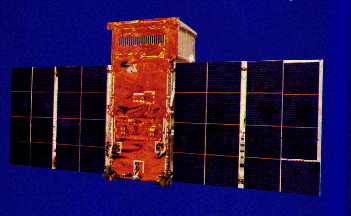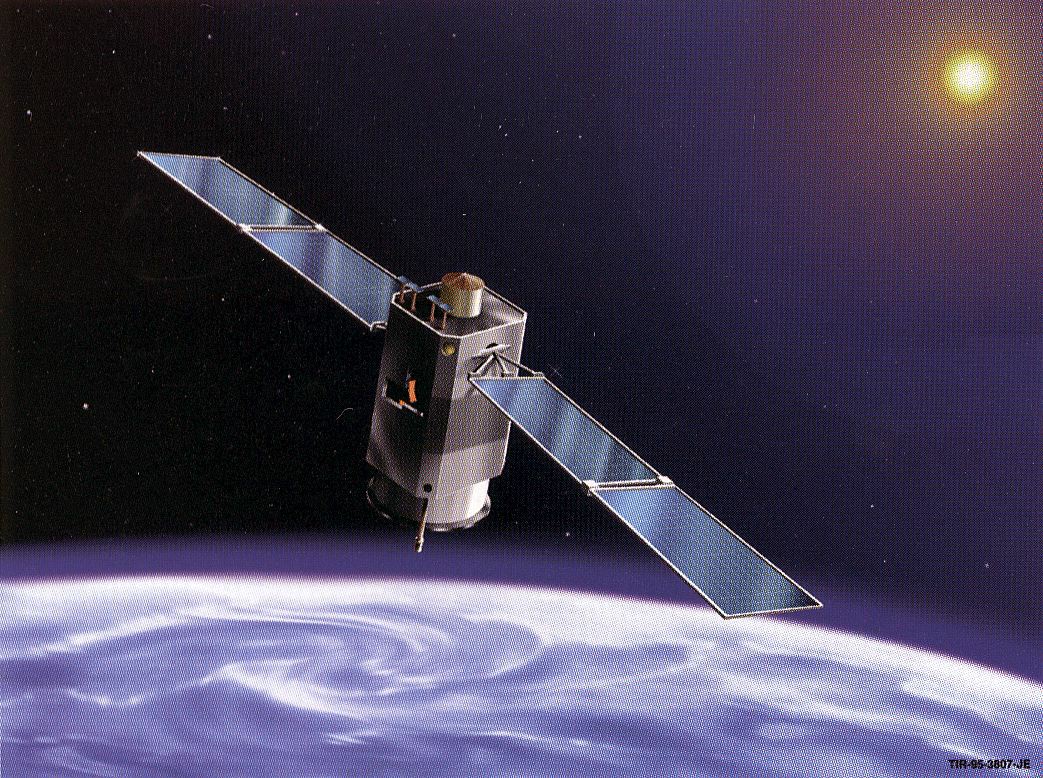… from our little part of this galaxy, not that long ago.
Forty-five years ago today — May 4, 1967 — an Atlas Agena rocket launched from Cape Canaveral carrying the Lunar Orbiter 4 on its mission to the Moon.
Because the previous three Lunar Orbiters had “completed the required needs for Apollo mapping and site selection,” NASA tasked this fourth orbiter to “perform a broad systematic photographic survey of lunar surface features in order to increase the scientific knowledge of their nature, origin, and processes, and to serve as a basis for selecting sites for more detailed scientific study by subsequent orbital and landing missions.”
Lunar Orbiter 4 developed problems with the camera door, however: it did not open and close correctly when commanded, and mission controllers feared that it might stick closed so they commanded it to remain open.
This required extra attitude control manuevers on each orbit to prevent light leakage into the camera which would ruin the film. On 13 May it was discovered that light leakage was damaging some of the film, and the door was tested and partially closed. Some fogging of the lens was then suspected due to condensation resulting from the lower temperatures. Changes in the attitude raised the temperature of the camera and generally eliminated the fogging. Continuing problems with the readout drive mechanism starting and stopping beginning on 20 May resulted in a decision to terminate the photographic portion of the mission on 26 May.
Even with those problems, the spacecraft was able to read and transmit “419 high resolution and 127 medium resolution frames were acquired covering 99% of the Moon’s near side at resolutions from 58 meters to 134 meters.”
And in more recent space history …
Just a decade ago, on this date in 2002, the remote sensing spacecraft Aqua was launched from Vandenberg AFB by a Delta-II rocket.

(A depiction of the “A-Train” formation of satellites in similar orbits. Aqua was the first vehicle in the A-Train. NASA image.)
Originally known as Earth Observation System Afternoon One (EOS-PM1) for the time of day it would cross the equator, the mission was renamed Aqua
for the large amount of information that the mission is collecting about the Earth’s water cycle, including evaporation from the oceans, water vapor in the atmosphere, clouds, precipitation, soil moisture, sea ice, land ice, and snow cover on the land and ice. Additional variables also being measured by Aqua include radiative energy fluxes, aerosols, vegetation cover on the land, phytoplankton and dissolved organic matter in the oceans, and air, land, and water temperatures.
If I recall, one of the folks I worked with at the Defense Technology Security Administration came to us from the Aqua program. Pretty cool.



 by
by 


















